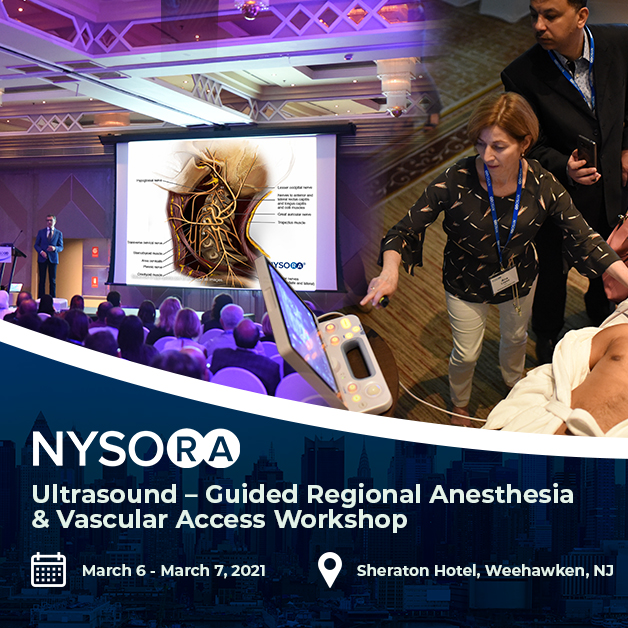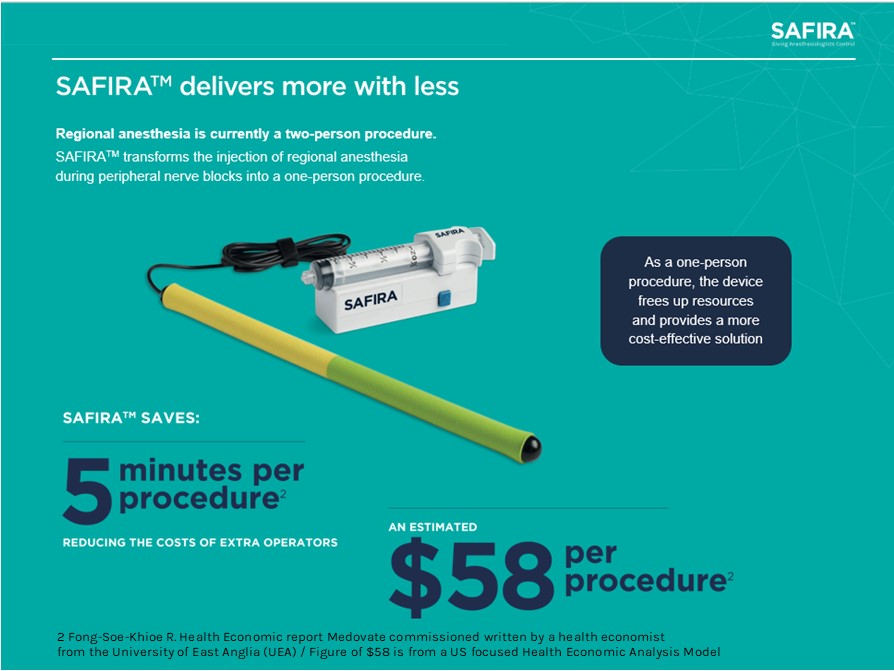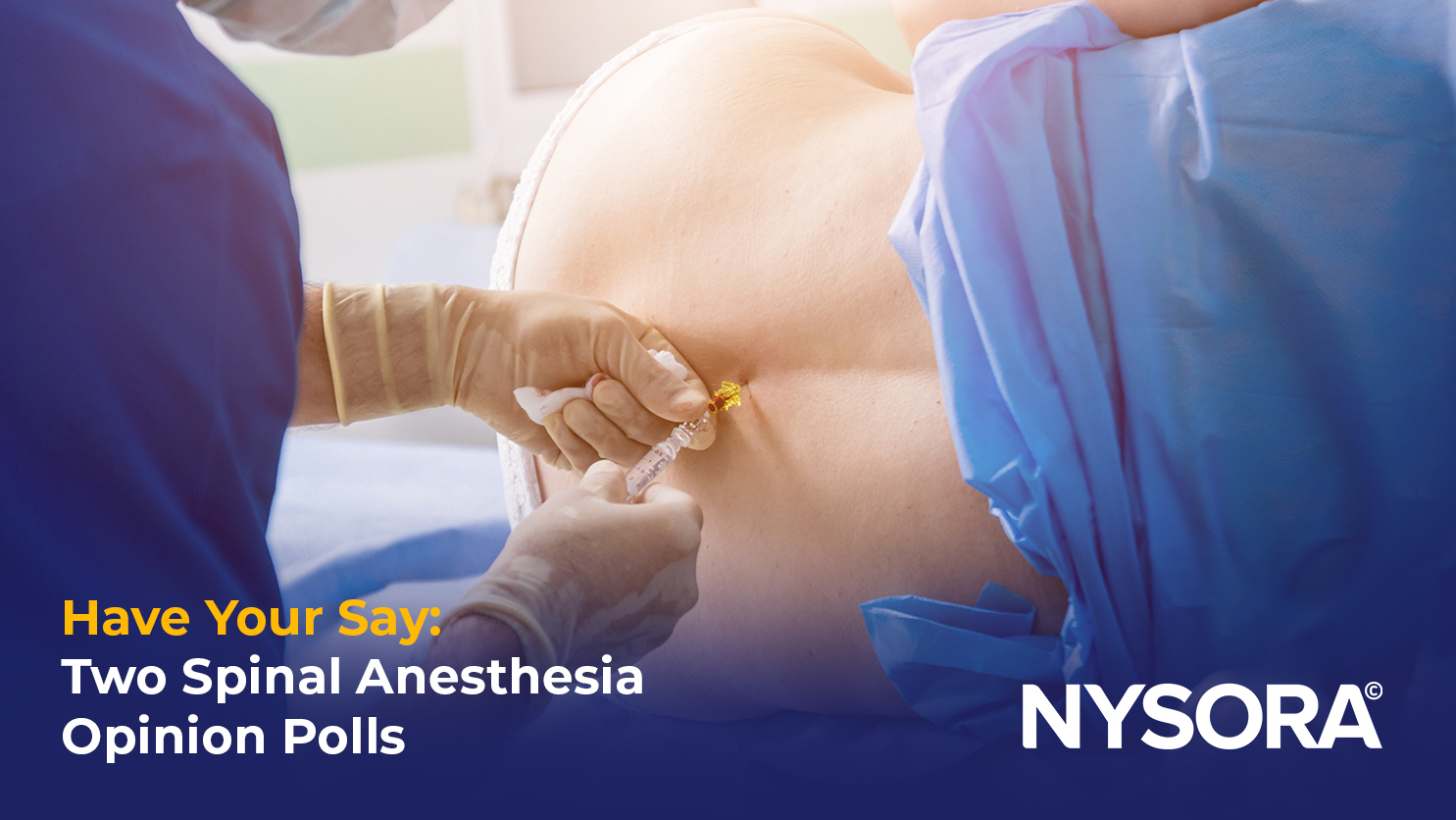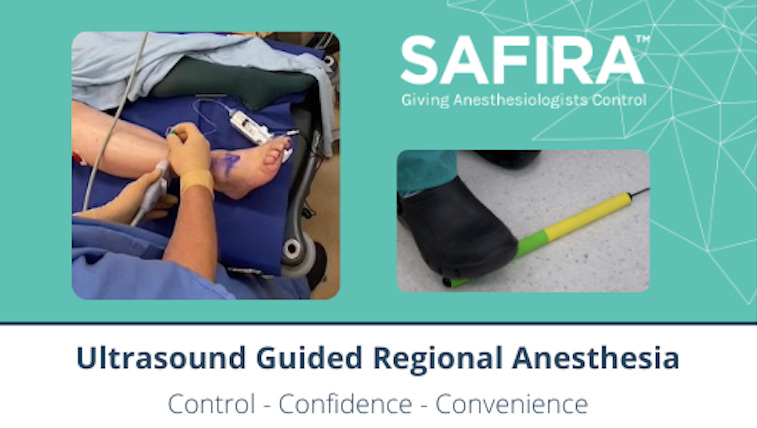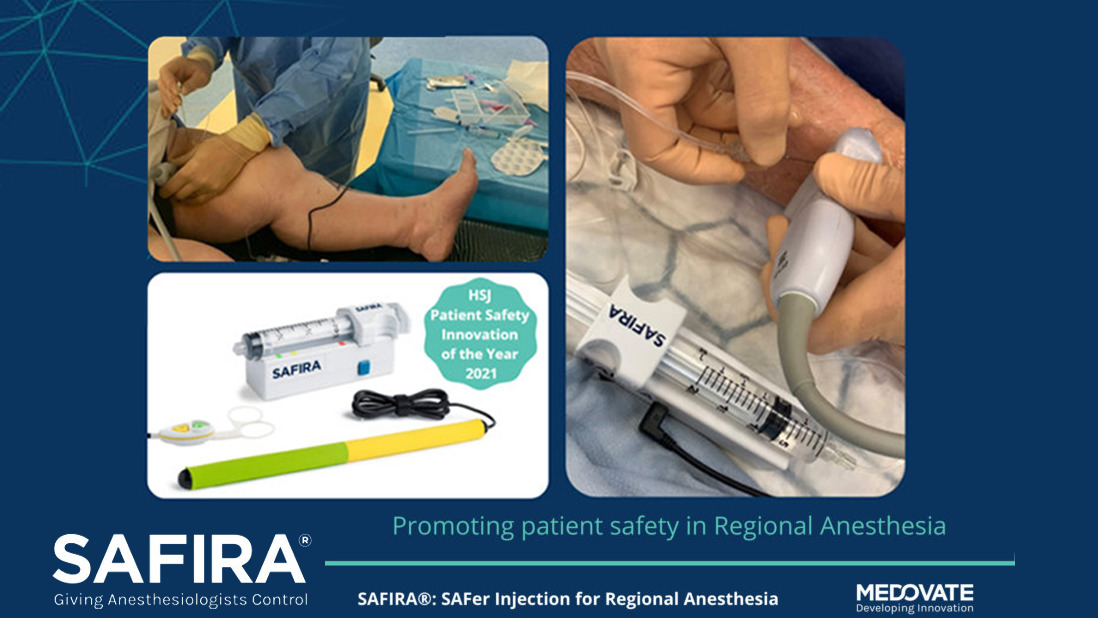While complications such as transient or serious nerve damage following regional anesthesia procedures are relatively rare, when they do occur they can have significant impacts for both patients and clinicians. New technology SAFIRA™ has built-in safety feature to promote safer injection during regional anesthesia procedures, preventing injection above 20psi thereby helping to reduce the risk of nerve damage. Studies have shown that injection of regional anesthesia at pressures above 20psi can result in transient or serious nerve damage (transient nerve damage in up to 8% of cases[1] and serious nerve damage in up to 1% of cases[2].) Injection ‘feel’ is highly subjective and varies between individuals. Studies consistently show 40%-70% injections occur above 20psi, with a significant portion above 30psi[3].
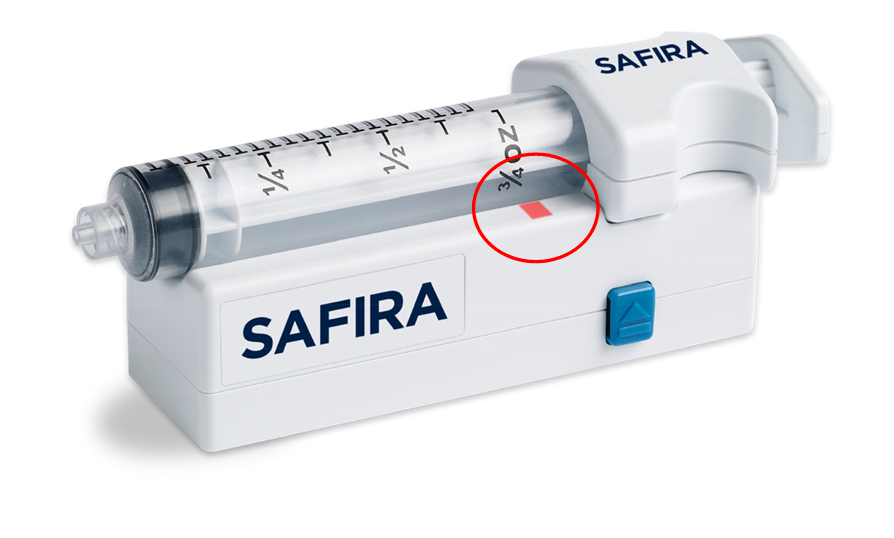
SAFIRA™ has been designed, using a clinician led approach, to incorporate an engineered safety mechanism that automatically prevents injection above 20psi. The proprietary syringe works with the driver which is calibrated to initiate a warning signal when the maximum injection pressure threshold has been reached and further injection is immediately mechanically stopped. Upon automatic cessation of injection, the anesthesiologist is therefore prompted to make immediate checks, such as the position of the needle, and to make necessary adjustments. The device can only be reset to continue with injection once the anaesthesiologist is happy to continue, helping to reduce the risk of accidental nerve damage from injection at high pressures.
Current regional anesthesia procedure requires two operators, an anesthesiologist to position the needle using an ultrasound probe, and an assistant to inject the anesthetic.
In a study involving 30 anesthesiologists, when asked about confidence in the level of injection pressure applied, 1 out of 30 were confident an assistant would apply the correct pressure, and 2 in 30 had full confidence that they would be able to apply the correct pressure themselves[4]. Using SAFIRA™, regional anesthesia becomes a single operator procedure with the anesthesiologist in control of the entire injection, using the SAFIRA™ foot pedal to manage infusion and aspiration. This gives anesthesiologists increased confidence that they will not inject above 20psi because of the automatic built-in safety feature which will stop injection at pressures >20psi.





